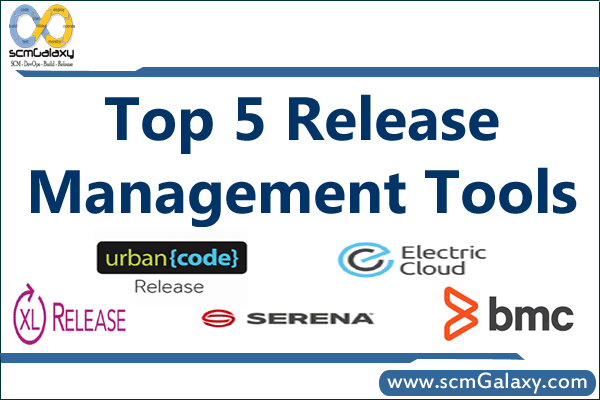
What is Release?
A release represents a number of activities in a certain time period, with people working on them
What is release management?
Release management is the process of managing, planning, scheduling and controlling a software build through different stages and environments; it includes testing and deploying software releases.
Release management is chiefly concerned with how changes flow through any pre-production environments. Release Management is all about enabling an organization’s systems and services to change to support evolving business needs. It is the process of coordinating the movement of project into production environments where they can be consumed by end-users. It helps organizations perform in a more efficient and timely manner by releasing updates to production more often and increasing the quality of those releases.
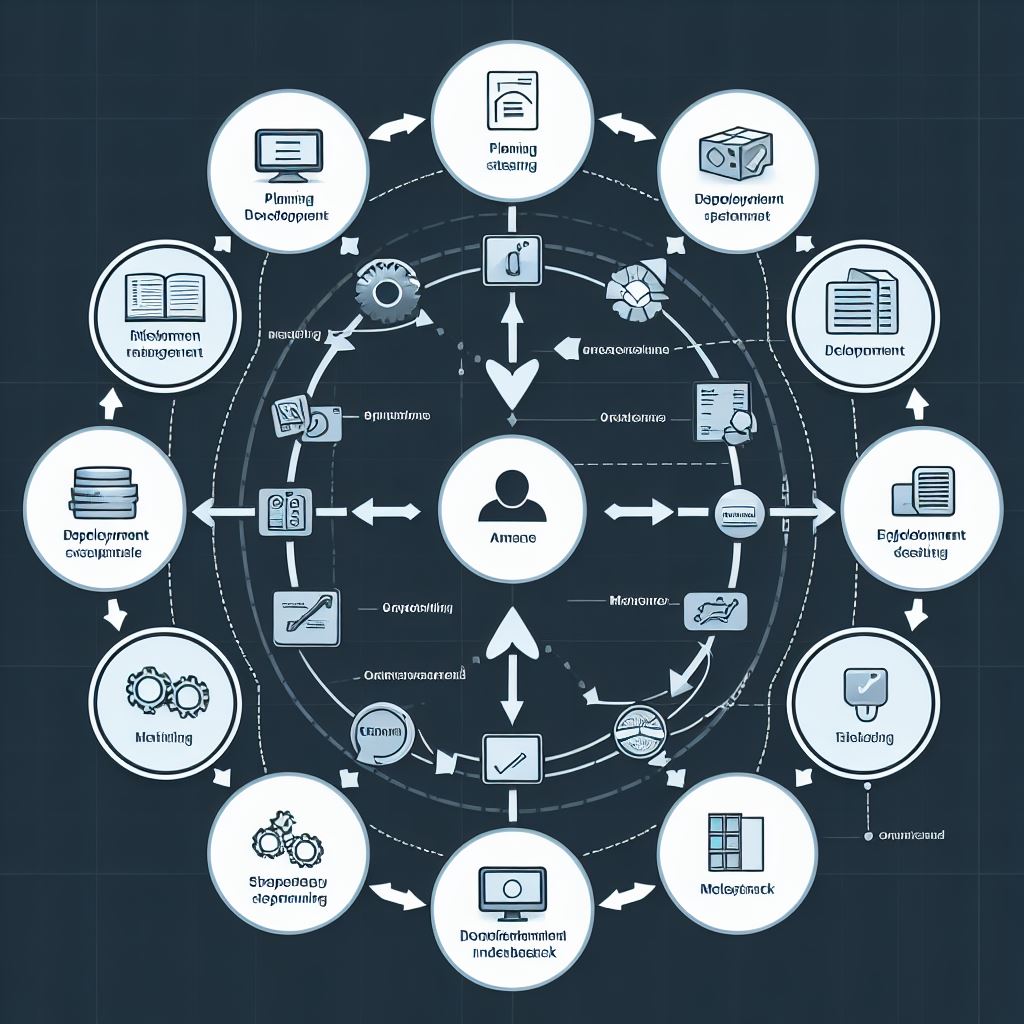
The top 10 release management tools in 2024, based on popularity, user reviews, and features, are:
- Octopus Deploy
- Jira Service Management
- Spinnaker
- Azure Pipelines
- ReleaseHub
- GoCD
- XebiaLabs
- ElectricFlow
- Plutora
- StackStorm
The Release Management Process
The release management process flow is fairly straightforward, though it can be broken down into six sub-processes that enable release management to be performed effectively, efficiently and safely to facilitate the flow of changes into the operations environment.
- Release management support: provides guidelines and support for the deployment of releases including the roles that are involved in other parts of the release and deployment management process
- Release planning: defines the scope and content of releases according to release management policies, assigns authorized changes into release packages and defines a schedule for building, testing and deploying the release
- Release build: deals with the actual development of all required release components including the issuance of all necessary work orders and purchase orders for components sourced from vendors and ensuring that all release components are ready for validation and testing
- Release deployment: manages the deployment of release components into the live production environment and the transition of documentation and training to end-users and operating staff.
- Early-life (post-release) support: the initial period after the deployment of a new release when the release and deployment management team work with the incident management team to resolve operational issues and remove errors and deficiencies caused by the release.
- Release closure: formally closing release activities, verifying all documents and records are properly updated and reporting release outcomes and feedback to project teams.

What are the benefits of release management?
- Faster delivery of changes and new features to users.
- Reduced risk of un-authorized releases breaking features that people are using.
- Predictable schedule of deployments at times that minimize business impact.
- Ensuring new or changed services can meet agreed service requirement.
- Providing proper knowledge transfer to users and support staff.
Choosing the best release management tool is tricky because what works best for one development team may not meet another team’s needs. We’ve rounded up five of the best tools that can help many Dev teams streamline their workflow and optimize efficiency to deliver better software, faster.
Release Management Cycle

Product Release Cycle
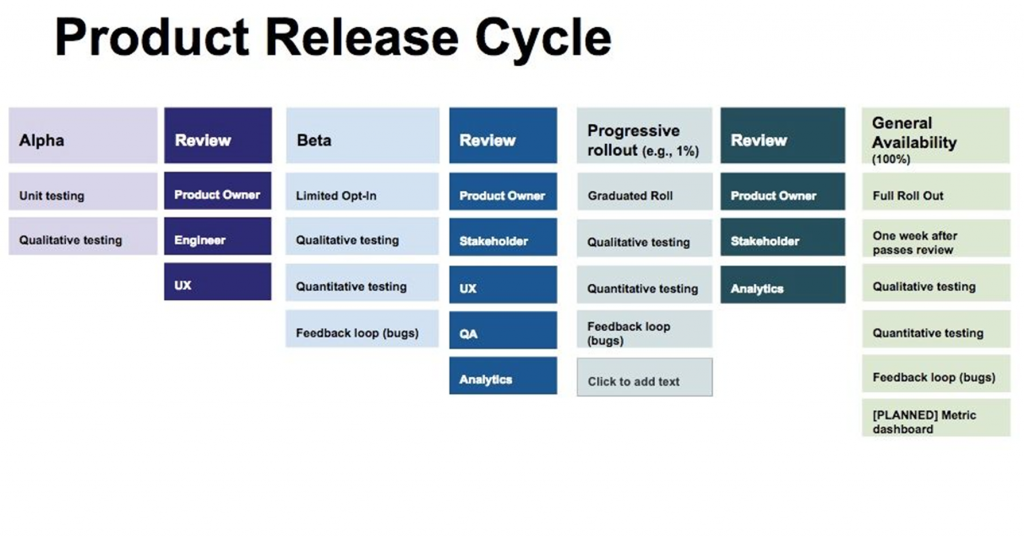
Info about CMDB
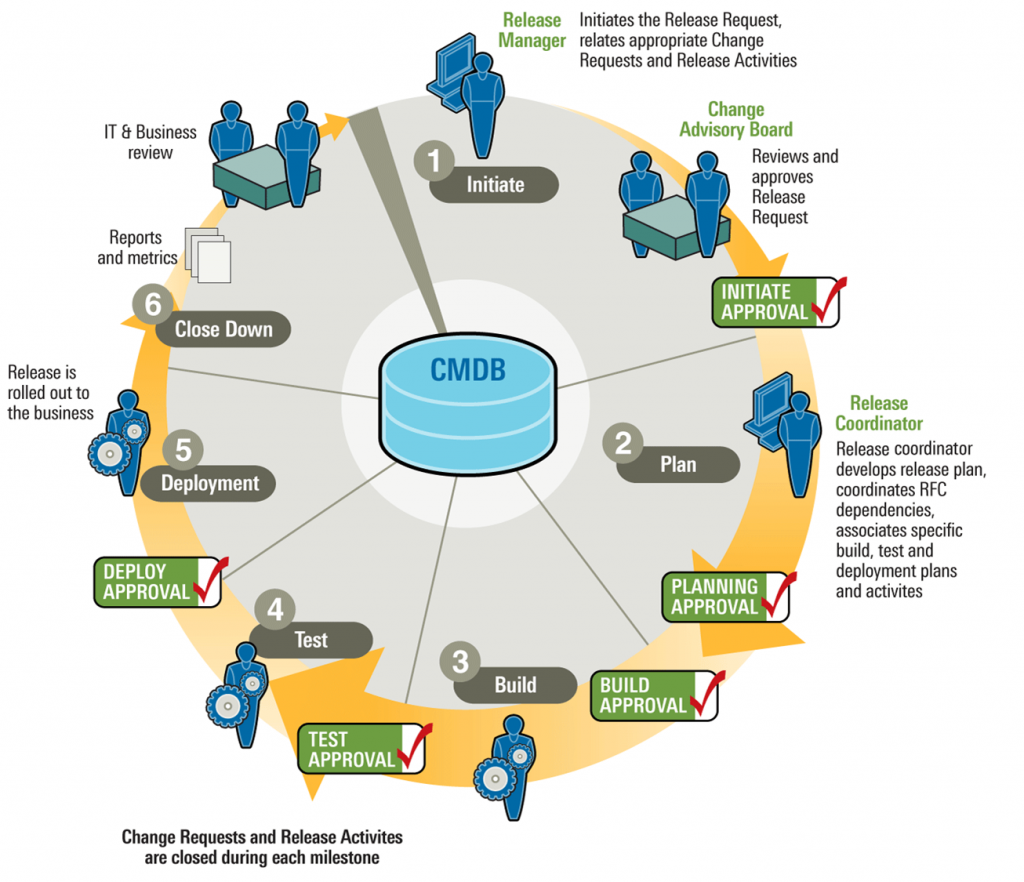
Release Manager Role
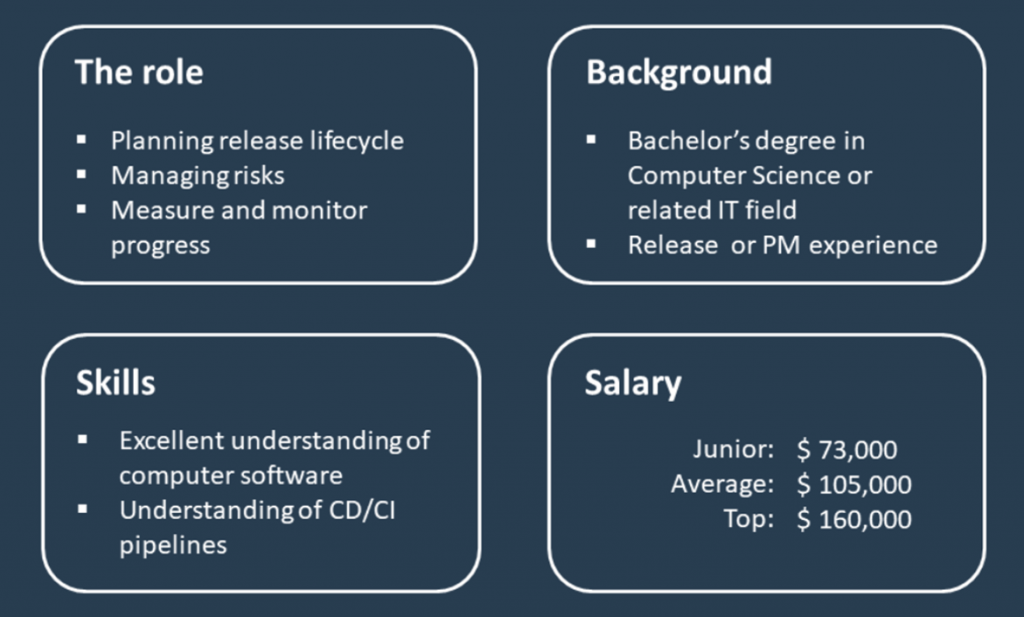
XL Release

XL Release is an end to end tool that helps pipeline orchestration for Continuous Delivery and DevOps teams. The tool acts as a workflow manager for the marketing, documentation, project management, and deployment scripts that combine to release a new major version. It can be sometimes used for minor releases but only if there is cross-team coordination.
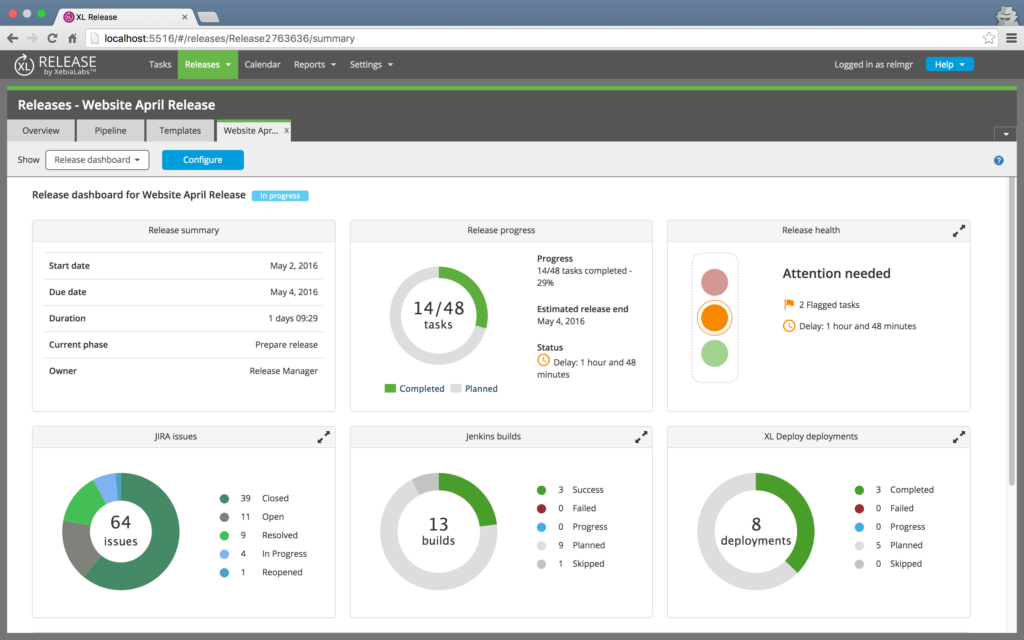
Features
- Provides ways and means to identify the manual steps where it is taking a long time or requires more manual intervention through its reporting features.
- Reduces the number of manual steps involved in the overall release process as such.
- It improves the efficiency of releases through automation and standardization.
- This tool will also help in moving towards a fully automated delivery pipeline, thereby enabling more fine-grained releases.
- This tool will implement the transformation from a manual process to a fully automated release process at the earliest.
Bamboo

Atlassian’s Bamboo is a continuous integration server that automates release management for applications and general software, allowing teams to establish a streamlined pipeline of build delivery. It ties automated builds, testing, and releases into an integrated workflow.
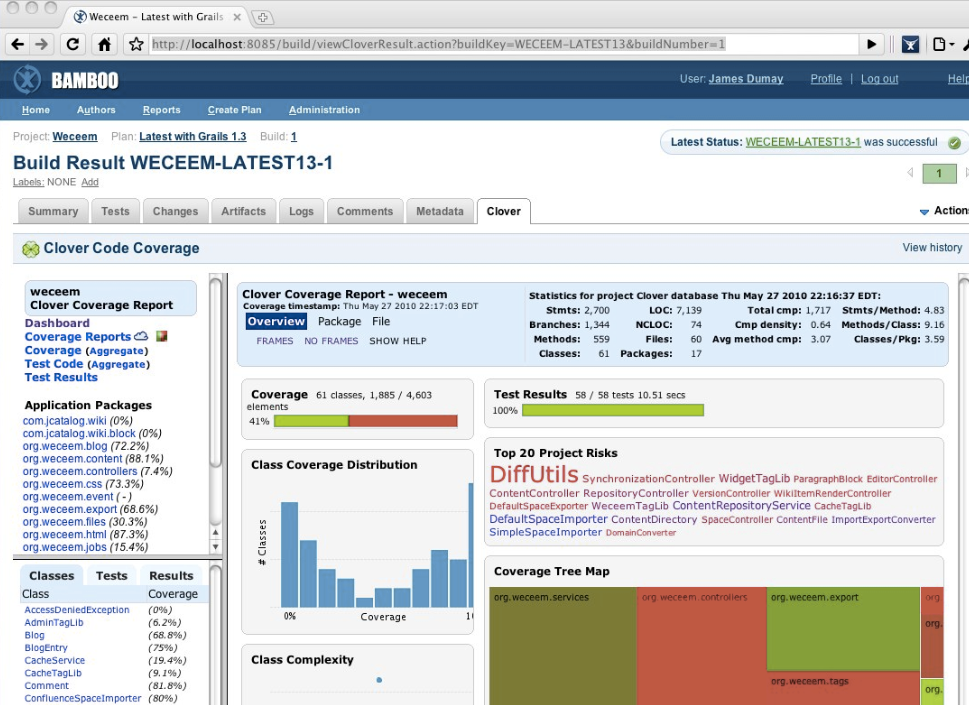
Features:
- Language agnostic integration with many platforms
- Dedicated agents focus on specific build projects
- Full reporting of upcoming code changes and issues
UrbanCode Deploy

IBM’s UrbanCode Deploy is an application release automation tool that automates software deployment to local and cloud-based environments. The software allows seamless deployments to distributed data centers, cloud, and virtualized environments as often as needed — on demand or on schedule.
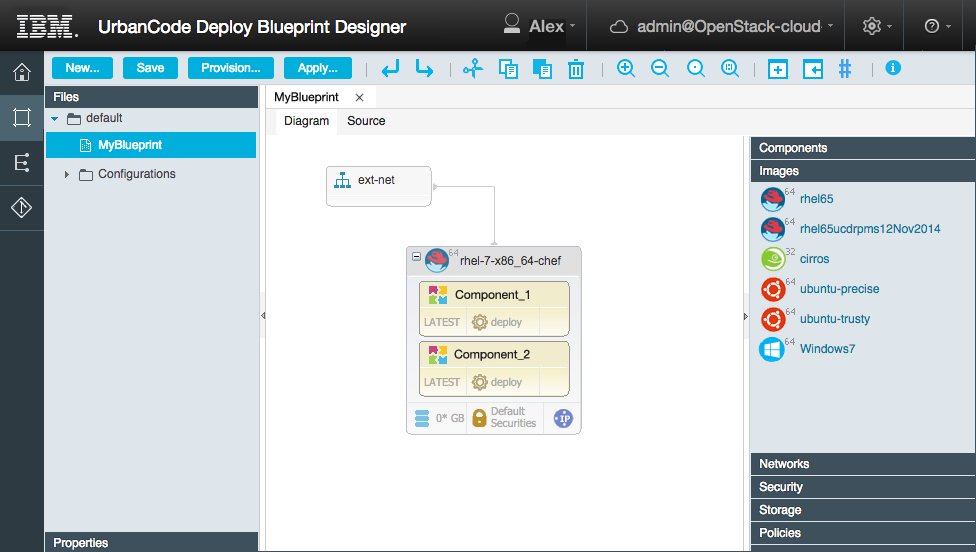
Features:
- Automated deployments
- Processes can be built by drag-and-drop interface
- Enterprise level security and scalability
CA Release Automation
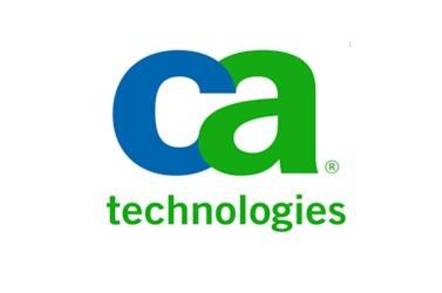
CA Release Automation is yet another tool that is used for Release Management which handle DevOps projects. It is an enterprise-class, continuous delivery (CD) solution that helps in automating complex, multi-tier release deployments. It is a dynamic application deployment tool which helps in regulating the application delivery across the enterprises.
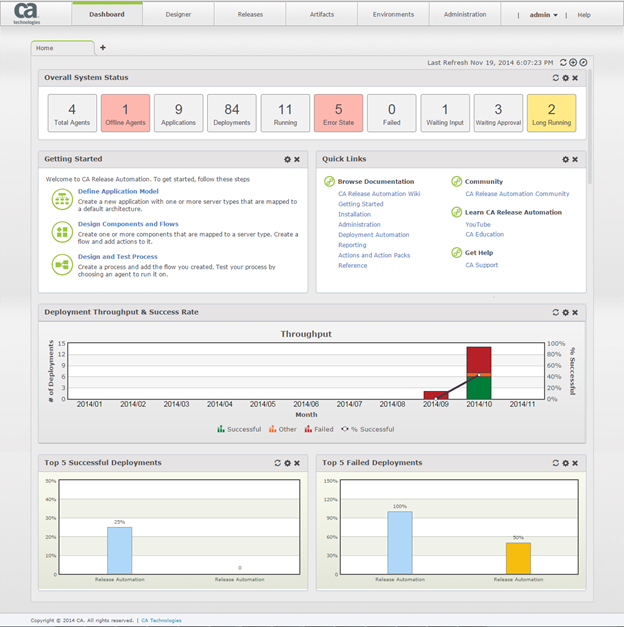
Features
- It provides by far the best process designer or flow designer when compared with the other automation tools.
- Provides better visibility, consistency, and reliability thereby reducing production errors.
- It provides and harnesses enterprise scalability.
- Provides deploy speeds of applications to about 20 times faster.
GoCD

GoCD is an open source continuous delivery server created by ThoughtWorks. GoCD offers businesses a first-class build and deployment engine for complete control and visibility. It was designed for continuous delivery and the concepts essential to this practice are built in at the core. Enterprise add-ons and professional support available from ThoughtWorks
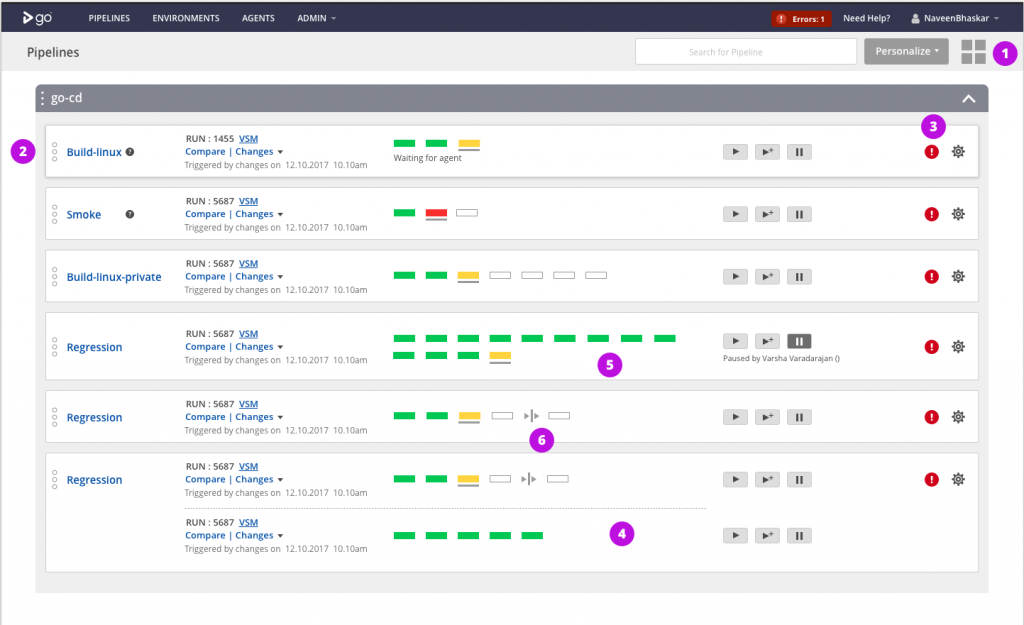
Features-
- Supports parallel and sequential execution. Dependencies can be easily configured.
- Deploy any version, anytime
- Visualize end to end workflow in realtime with Value Stream Map.
- Deploy to production securely.
- Handle user authentication and authorization
- Keep orderly configuration
- Tons of plugins to enhance functionality.
- Active community for help and support.
XL Deploy

XebiaLabs Deploy is a comprehensive application release automation solution. It is agentless across all target platforms, meaning that you can easily configure firewalls and security appliances, routers, mobile devices, and all the target systems you would normally have to install a proprietary agent to reach.
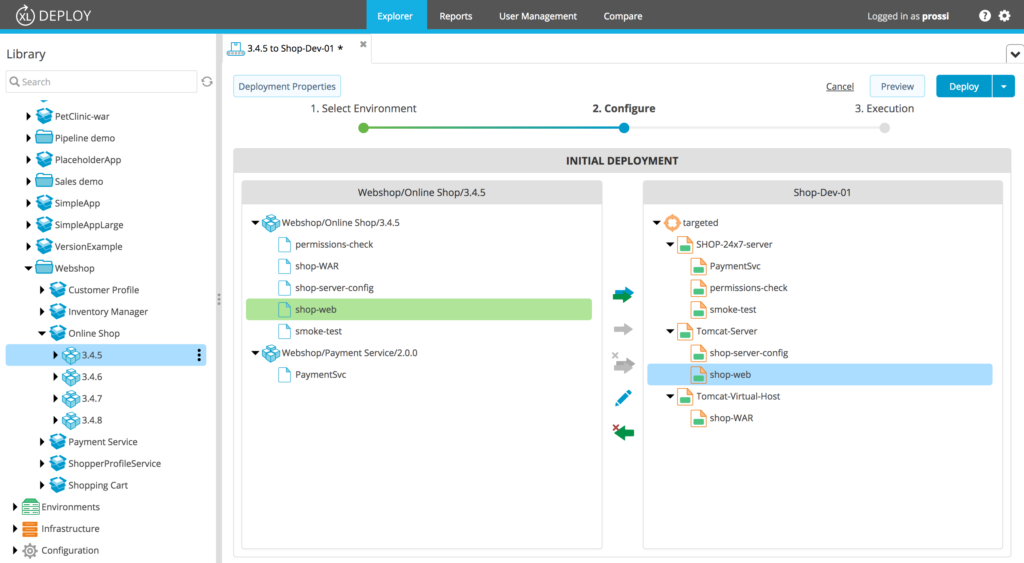
Features-
- Using XL Deploy means you don’t need to write deployment commands or scripts.
- XL Deploy keeps a version history of items such as deployment packages, environments, and dictionaries, so you won’t lose anything.
- Integration with existing tech stack and complete infra as code.
- You can customize the tool as per your need.
- XL Deploy offers a variety of reports so you can audit your deployment activities.
Octopus Deploy
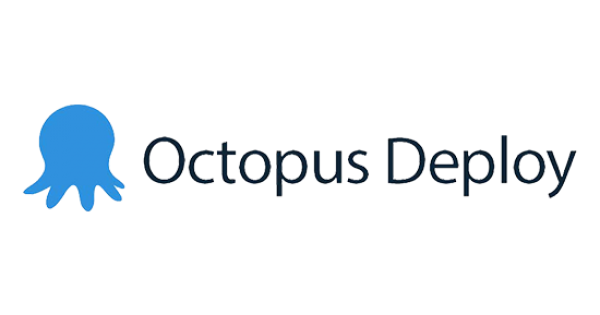
Octopus Deploy is a tool that can automate deployment for .NET applications. It comes with much of ease from the installation time itself, letting you choose to install on a server or on an Azure instance. Octopus Deploy further works along with your build servers to provide reliable, secure and automated releases of your .NET applications into various environments of your software development (be it Testing, Staging, UAT or Production environments) and be it on-premise or cloud environments.
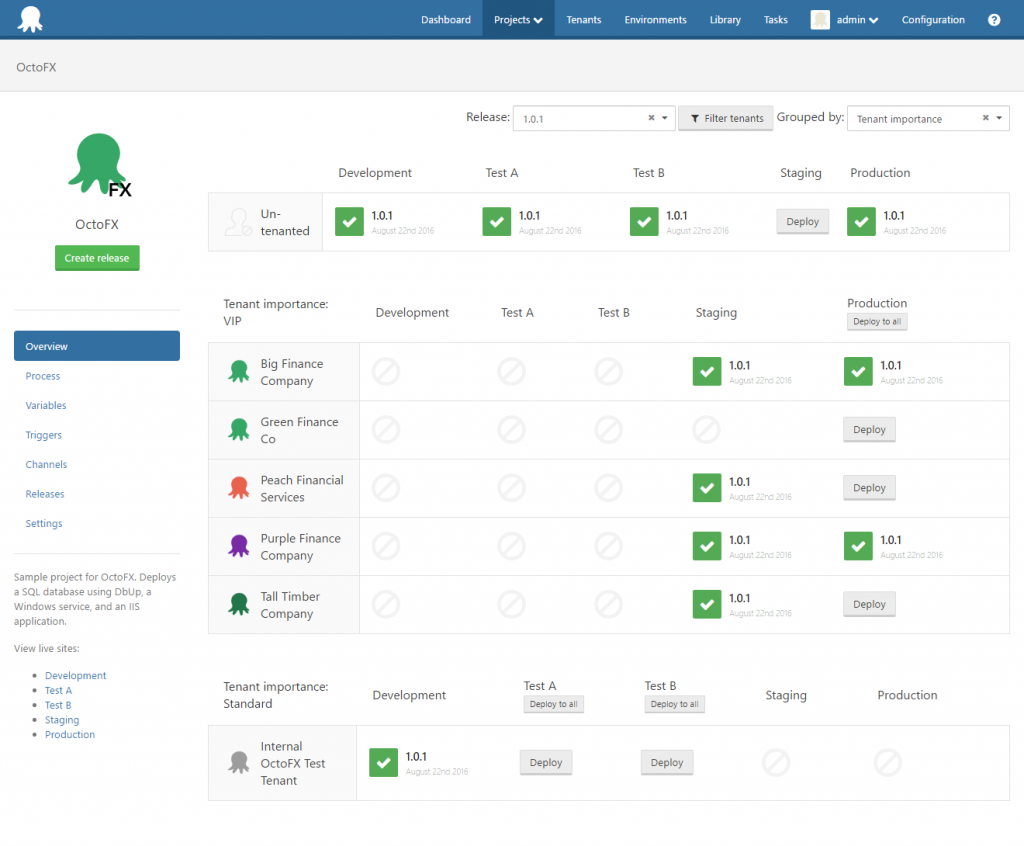
Features-
- Offers repeatable & reliable deployments
- Complex deployments made easy.
- Octopus can promote release between environments.
- Offers world-class platform support like ASP.NET, Node.js, Java and many other scripting languages, and platform
- Provides seamless integration abilities with other platforms as well.
- Provides audit information of all your past deployments which can further help in yearly audits for certificates and regulation.
Azure Pipeline
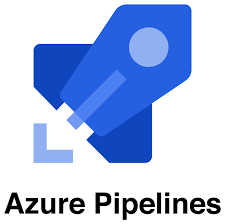
Microsoft Azure DevOps is a toolset to deliver your software in a compliant and secure way to an on-premises or cloud environment.
In order to automate software testing and deployment, developers and DevOps build CI/CD pipelines or build/release pipelines that automate much of this activity.
A pipeline allows developers, DevOps teams and others to produce and deploy reliable code. In the Microsoft domain, the way to build a pipeline is with Azure DevOps with a feature called Azure Pipelines.
The Azure pipeline has a lot of capabilities such as continuous integration and continuous delivery to regularly and consistently test and builds our code and ship to any target.
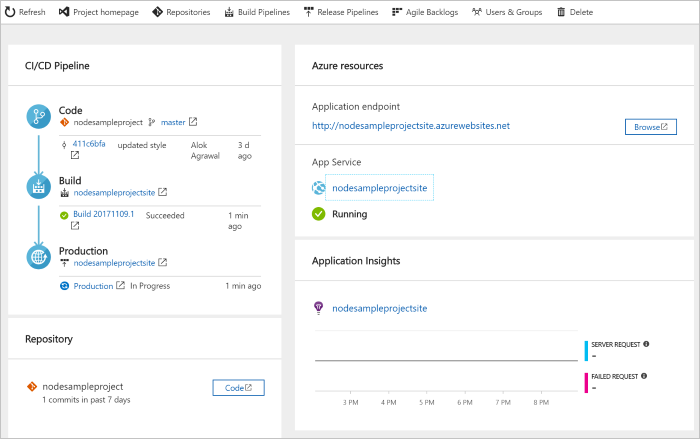
Azure Pipelines help your team continuously deliver software to your customers at a faster pace and with lower risk. You can fully automate the testing and delivery of your software in multiple stages all the way to production, or set up semi-automated processes with approvals and on-demand deployments.
For details visit- Microsoft.com
Features-
- One of the best feature in Azure Pipelines is it’s native container support.
- It also supports multiple source code and version control repos.
- It has cloud hosted agent support to major and popular OS like Windows, MacOS, Linux or Ubuntu.
AWS DevOps Pipeline

It is the latest method of creating and deploying software, plus it has brought a cultural shift in companies as well, which has led to the introduction of an agile approach in the software development life cycle. During the process code is taken in one end and is deployed on other ends after going through different processes.
CodePipeline automates the build, test, and deploy phases of your release process every time there is a code change, based on the release model you define.
Read more in details at Amazon.com
Jira with Agile Release Management-
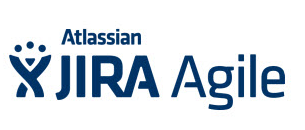
Jira has several powerful features for release management, including agile release cycles. Out of the box, a Jira workflow doesn’t include release management information. But since the Jira platform is completely flexible, you can add more statuses to track which issues are included in a specific release.
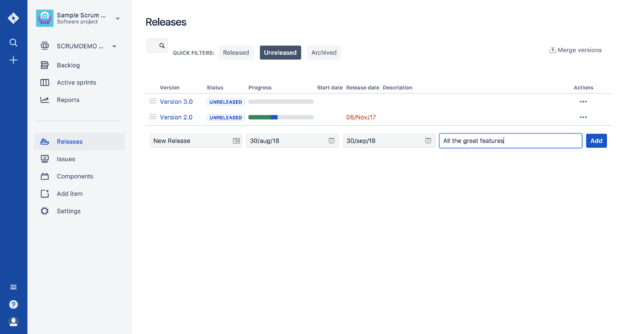
Jira software enable teams to bring versions from multiple projects onto a single Release board and define custom versions workflow, matching it to Releases/Unreleased statuses.
For detalied explanation of workflow. Click here.
Gitlab Pipelines

GitLab CI/CD (Continuous Delivery) service is a part of GitLab that build and test the software whenever developer pushes code to application. GitLab CD (Continuous Deployment) is a software service that places the changes of every code in the production which results in every day deployment of production.
For a successful DevOps team, automation is very essential and CI/CD pipelines play a huge role in achieving that goal. A CI/CD pipeline automates steps in the SDLC like builds, tests, and deployments.
Why use Gitlab CI/CD?
- It is easy to learn, use and scalable.
- It is faster system which can be used for code deployment and development.
- You can execute the jobs faster by setting up your own runner (it is an application that processes the builds) with all dependencies which are pre-installed.
- GitLab CI solutions are economical and secure which are very flexible in costs as much as machine used to run it.
- It allows the project team members to integrate their work daily, so that the integration errors can be identified easily by an automated build.
See GitLab YAML reference for more details.
Reference
- XL releas
- IBM UrbanCode release
- IBM UrbanCode Velocity
- Atlassian Jira
- Digital.ai release
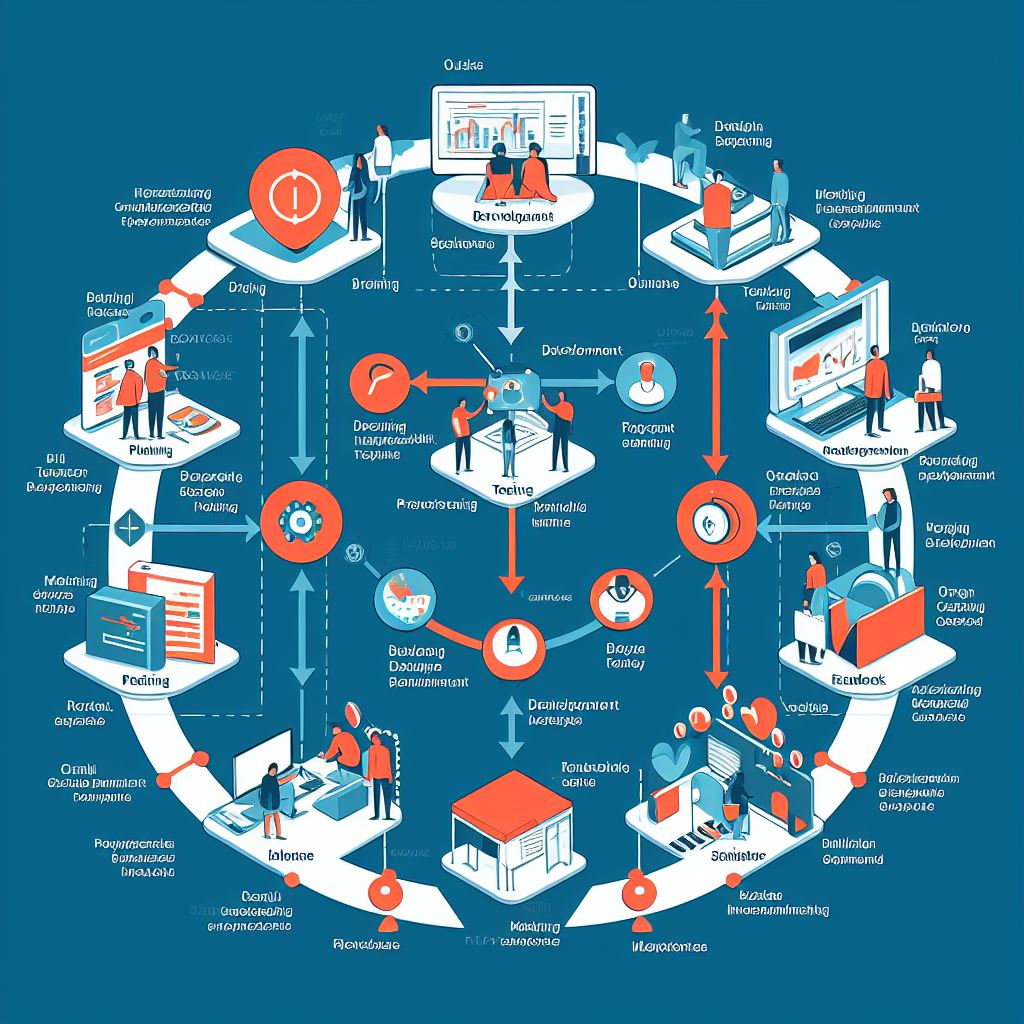
PFLB Platform
PFLB offers a comprehensive load testing solution designed for evaluating the performance of web and mobile applications, gRPC services, and APIs. It’s extremely helpful for teams who want to ensure that their product can handle all the action before releasing or scaling up. PFLB empowers you with complete control over your application’s capacity, eliminating the hassle of crashes and frustrating 503 errors. Moreover, this platform offers cost-saving opportunities in cloud computing and valuable insights into how your software compares to the competition.
Advantages:
- Widespread Load Distribution: Experience load simulations from 18 distinct locations without a hitch, gearing up to exceed 300,000 requests per second (RPS) with the robust backing of cloud infrastructure.
- Automated Test Plan Creation: Effortlessly integrate your Google Analytics to accurately craft load profiles that mirror real user behavior on your site.
- Flexible Scripting Options: Choose your preferred testing approach using our user-friendly low-code editor. Alternatively, you can import your JMeter scenarios, HAR files, Postman collections, or Insomnia workspaces for comprehensive application testing.
- Enhanced Reporting Tools: Personalize your Grafana dashboards by selecting your preferred metrics and take advantage of the advanced Trend Report tool to compare performance across multiple test runs.
- Seamless CI/CD Integration: Easily incorporate performance testing into your development pipeline with PFLB’s extensive API. This powerful tool allows your team to execute pre-set tests as frequently as needed, ensuring optimal performance throughout the development process.
Conclusion
In this blog tutorial, we have tried to understand the process of Release Management also along with that, we have tried to understand the advantages that it brings to the table when it is introduced into the DevOps pipeline. We have gone through various products and also the features that these tools bring when introduced into your Organizational DevOps pipelines. Hope you have got all the required information that you were looking for in this article.
I’m a DevOps/SRE/DevSecOps/Cloud Expert passionate about sharing knowledge and experiences. I am working at Cotocus. I blog tech insights at DevOps School, travel stories at Holiday Landmark, stock market tips at Stocks Mantra, health and fitness guidance at My Medic Plus, product reviews at I reviewed , and SEO strategies at Wizbrand.
Do you want to learn Quantum Computing?
Please find my social handles as below;
Rajesh Kumar Personal Website
Rajesh Kumar at YOUTUBE
Rajesh Kumar at INSTAGRAM
Rajesh Kumar at X
Rajesh Kumar at FACEBOOK
Rajesh Kumar at LINKEDIN
Rajesh Kumar at PINTEREST
Rajesh Kumar at QUORA
Rajesh Kumar at WIZBRAND

 Starting: 1st of Every Month
Starting: 1st of Every Month  +91 8409492687
+91 8409492687  Contact@DevOpsSchool.com
Contact@DevOpsSchool.com
